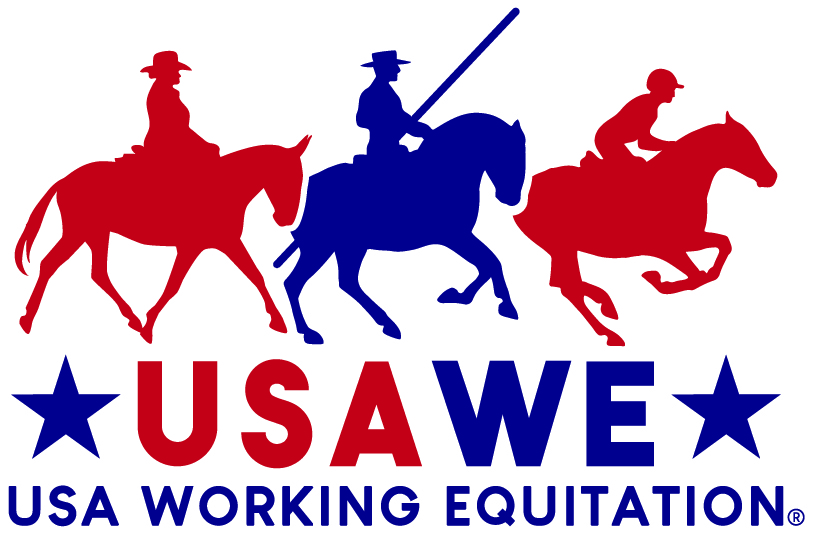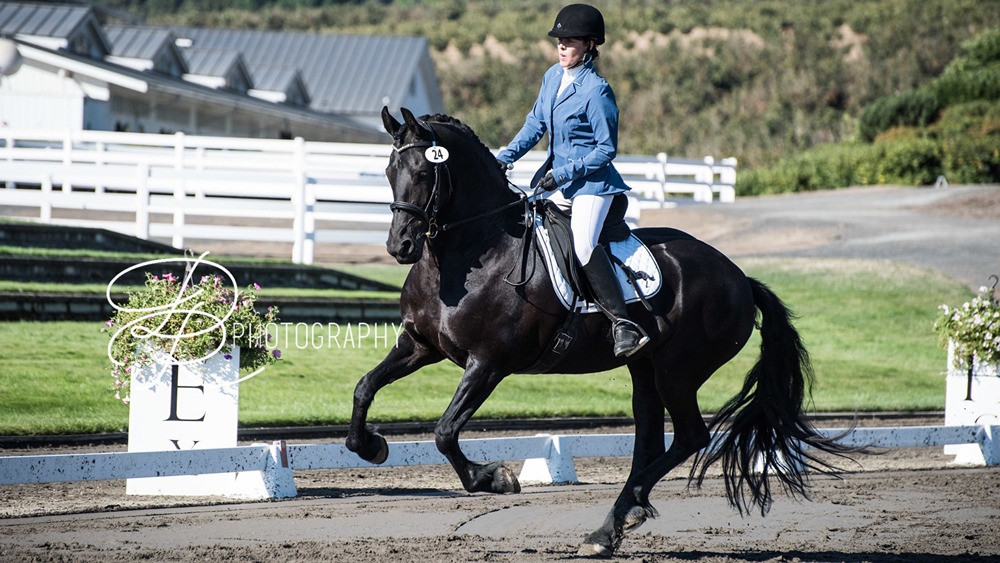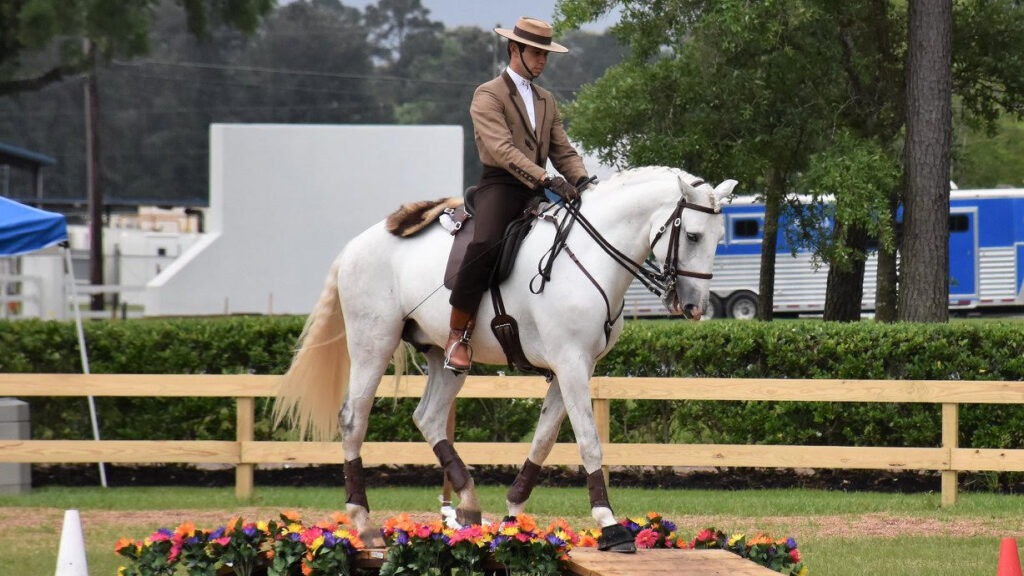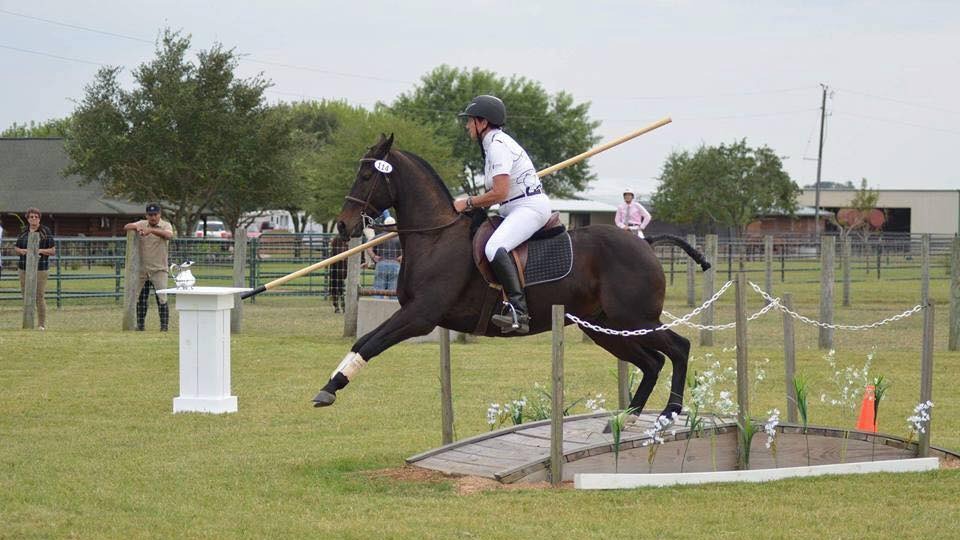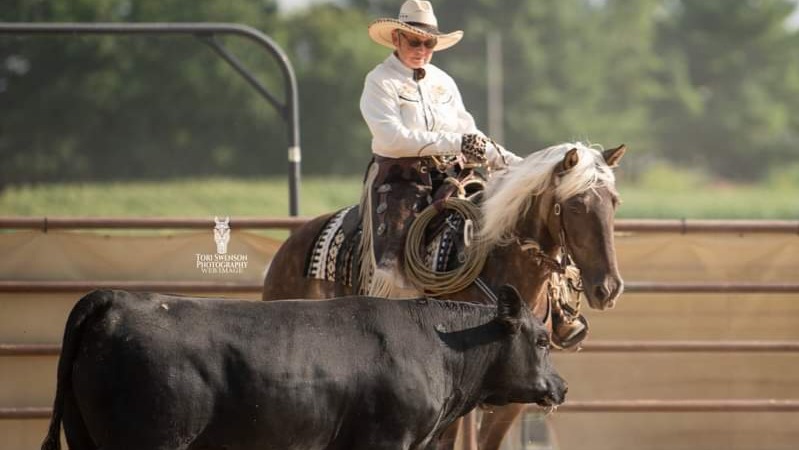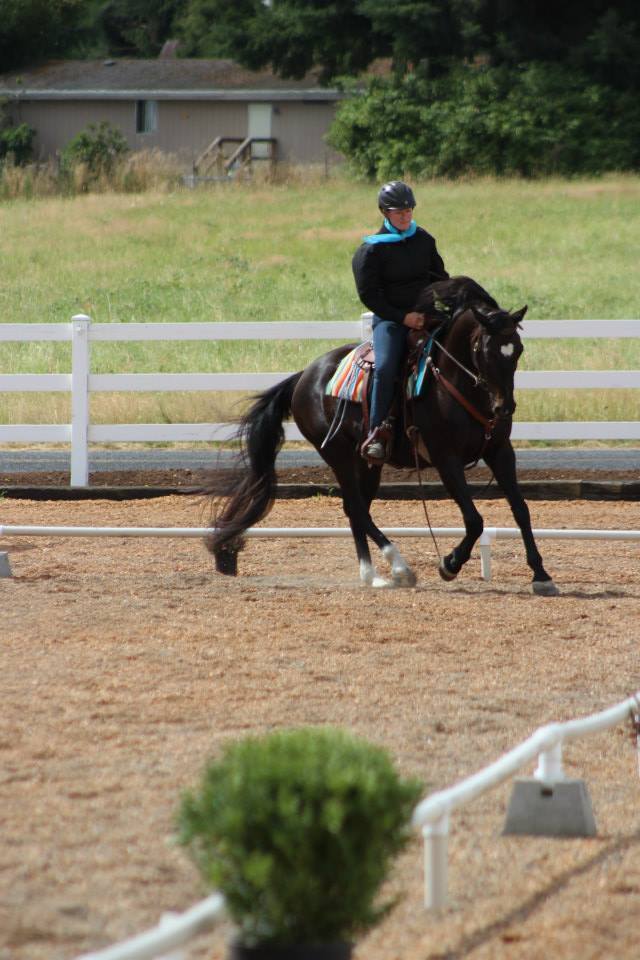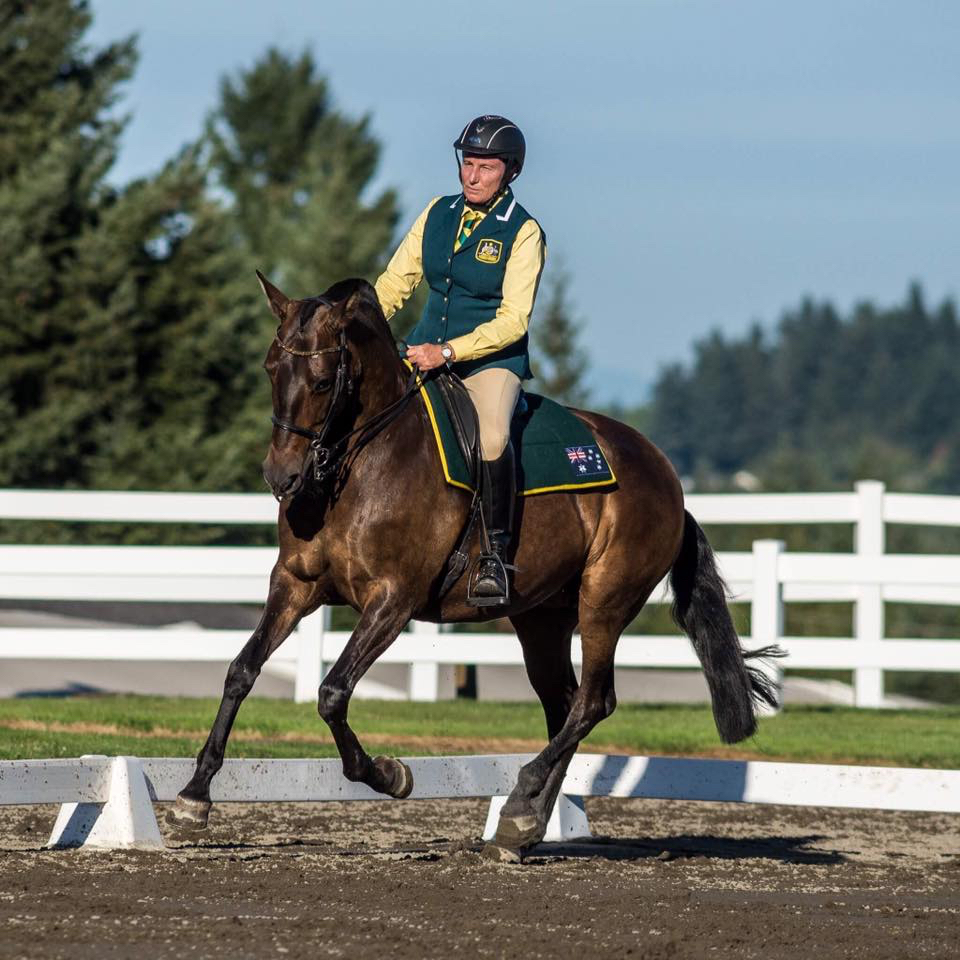Dressage Trial
Dressage Trial
The first of the Working Equitation trials is the Dressage trial. During this trial, the horse and rider must ride a pattern of movements prescribed by the dressage test for their level.
For the most up-to-date information on the Dressage trial, please refer to the most recent update of SECTION 5. DRESSAGE TRIAL and APPENDIX A – DRESSAGE TESTS in the United States Rules for Working Equitation (Rulebook). The Rulebook takes precedence over information on this website in the event of any discrepancies.
-
- View the Dressage Scoring Scale.
- Check on the details for The Dressage Arena.
- Understand the Dressage Tests and Movements for each level.
- Know what the Dressage Trial Disqualifications are.
Dressage Scoring Scale
Working Equitation uses a scoring rubric that parallels the scoring rubric used in traditional dressage competition, as follows:
10 – Excellent
9 – Very Good
8 – Good
7 – Fairly Good
6 – Satisfactory
5 – Sufficient
4 – Insufficient
3 – Poor
2 – Bad
1 – Very Bad
0 – Not Executed
For movements having at least one major problem in performance, the judge(s) typically will not award a score higher than 4.5. A score of 10 is rarely awarded. Half points are allowed in the scoring.
Judges award their scores based on how well the horse and rider perform each movement against the requirements for that movement, irrespective of the tack or attire worn by the competitors. Horses riding in Western, English, or other tack will be judged according to the same standards and criteria.
The judge will score each movement on a scale of 0-10 and provide Collective Marks for:
-
- gaits
- impulsion
- submission
- rider
- presentation
There may be one to five judges at a Working Equitation competition, depending on the classification of the competition: Licensed, Regional/Multi-Regional/Zone Championship, or National Championship.
The Dressage Arena
The Dressage trial for Working Equitation competitions at all performance levels is held in a 40-meter by 20-meter “short” dressage court.
Letters are placed outside the court to mark points for the dressage test.
When just one judge is at a competition, he/she will sit behind the letter C.
Competitors enter at the opposite short side of the court, at the letter A.
The letters from the center of the front short wall, clockwise, are placed in the following order: C, M, B, F, A, K, E, and H.

Dressage Tests and Movements
Each Working Equitation performance level has a prescribed Dressage test. As the horse and rider move up the levels, the difficulty of the movements required in the corresponding Dressage test increases. The ultimate goal of this training is to develop a horse with enough collection and engagement to perform the Masters level dressage movements and Ease of Handling and Speed obstacles with the rider riding one-handed.
- Introductory Dressage Test – This level requires pairs to perform walk, trot, halt, and rein back. The rider may ride with one or two hands on the reins. Trot work may be performed rising or sitting.
- Novice A Dressage Test – This level requires pairs to perform walk, free walk, trot, canter, halt, and rein back. The rider may ride with one or two hands on the reins. Trot work may be performed rising or sitting.
- Novice B Dressage Test – This level requires pairs to perform walk, free walk, leg yield at walk, half turn on haunches at walk, trot, canter, change of lead through trot, halt, and rein back. The rider may ride with one or two hands on the reins. Trot work should be performed rising or sitting.
- Intermediate A Dressage Test – This test requires pairs to perform walk, trot, canter, halt, and rein back, as well as collected gaits and lateral movements in trot and half turn on haunches at walk. Change of lead should be done through walk (simple changes). The rider may ride with one or two hands on the reins. Trot work should be performed sitting.
- Intermediate B Dressage Test – This test requires pairs to perform walk, trot, canter, halt, and rein back, as well as collected and extended gaits and lateral movements in walk (half pass) and trot (leg yield), half pirouettes at walk, and flying lead changes in canter. The rider may ride with one or two hands on the reins. Trot work should be performed sitting.
- Advanced Dressage Test – This test requires pairs to perform walk, trot, canter, halt, and rein back. In addition, one must perform collected and extended gaits, lateral movements, half pirouettes at walk, and flying lead changes in canter. The rider must ride with one hand on the reins, and trot work should be performed sitting.
- Masters Dressage Test – This test requires pairs to perform walk, trot, canter, halt, and rein back. In addition, horses and riders must perform extended gaits, pirouettes, lateral movements, and flying lead changes in canter. Movements are performed in a prescribed order, but not in prescribed locations within the arena. The horse and rider have 8 minutes to complete the dressage test, and must perform their dressage test to music of their choosing. The rider must ride with one hand on the reins, and trot work should be performed sitting.
Dressage Trial Disqualifications
A horse and rider will be disqualified from the Dressage trial for any of the following behaviors:
- Failure to enter the arena within 60 seconds of the judge ringing the bell.
- Failure to follow the prescribed Dressage pattern three times in one test.
- The horse exiting the arena before the conclusion of the Dressage test.
- Lameness or blood on the horse (If caused by the rider, blood on the horse will result in elimination from the competition).
